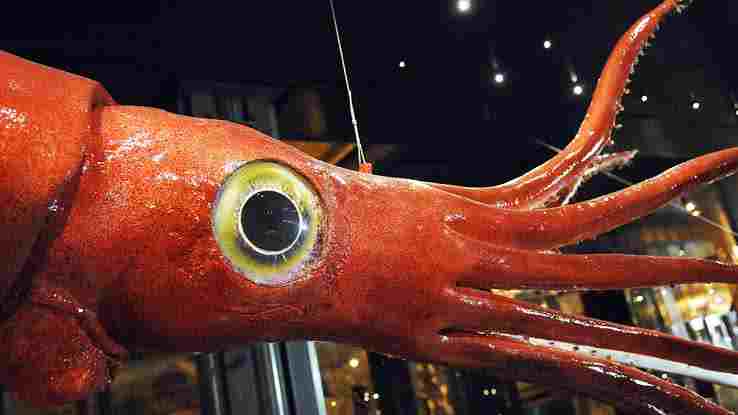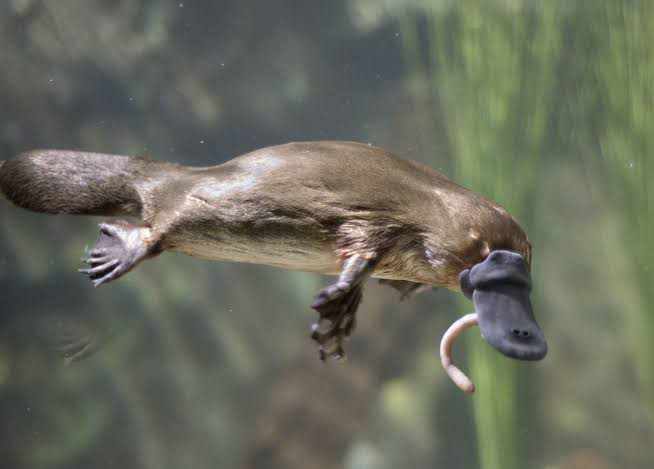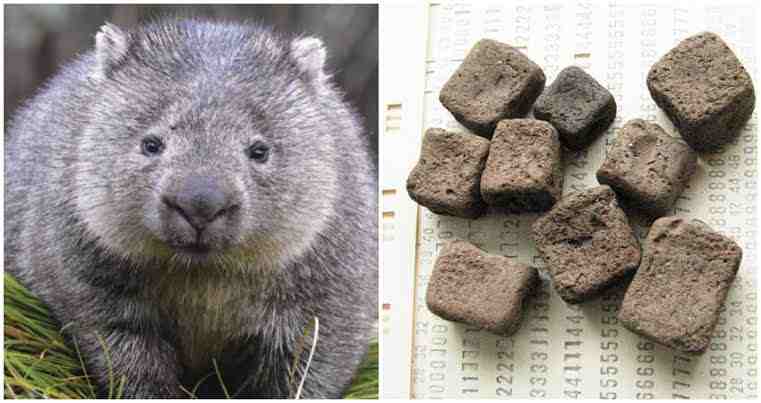Topics in Biology
Cellular respiration in biology Len Academy biology mock questions for waec Len Academy biology midterm questions for SS1, 2nd Term Characteristics of saltwater habitat Aquatic habitat explained with its types Types of habitat: Terrestrial habitat explained with examples What is habitat? Difference between plant cell and animal cell Nucleus explained with its structures Nucleus explained with its types and functions Organelles of the cell explained with their characteristics Eukaryotic cell explained with its characteristics Prokaryotic cell explained with its structure Characteristics of prokaryotic cell Concept of cell Cell theory in biology Importance and limitations of ecological pyramid Protists explained with their characteristics Contents of the scrotum: Epididymis, vas deferens, spermatic cord and cremaster muscle Tropical savanna explained with its characteristicsAcademic Questions in Biology

From the above diagram, which of the organ below isn't a requirement for the male reproductive system?
A. Bladder
B. Ureter
C. Glans Penis
D. Testis
E. Bulbourethral Gland
F. Epididymis
A walnut shaped male accessory sex organ located between the bladder and penis is the _____.
A. Ductus Ejaculatorii
B. Bulbourethral Gland
C. Prostate Gland
D. Ductus Deferens
E. Seminal Vesicles
F. Epididymis
In a food chain, the primary consumers are classified under trophic level _____.
A. Zero
B. One
C. Two
D. Three
E. Four
F. Five
Cold blooded animals are referred to as _____.
A. Homeotherms
B. Endotherms
C. Poilokitherms
D. Ectotherms
E. Thermotherms
F. None of the above
All reptiles are vertebrates.
A. True
B. False
_____ cells are responsible for the formation of osteoblasts.
_____ is a bone that constitute the axial skeleton.
Which of the following is false concerning cartilages and bones?
To get a better understanding of ecology, it's important we comprehend some important ecological concepts.
Below are explanations on some important ecological concepts:
Please read an introduction to ecology here.
Your environment is defined as all the factors around you. For instance, the phone or computer on which you are reading this article is a part of your environment.
Everything you can see and even those you can't see (like the bacteria and other microscopic organisms) are all part of your environment. In short, your environment is made up of the living and non-living things around you.
We also have an internal environment. One of the reasons why we fall sick is due to some alterations in the physiology of our internal environment.
Homeostasis is a topic in biology that explains the internal environment.
The biosphere is that part of the earth containing life (or living organisms). Think of it as the region on earth where life exists.
You can read on the basic characteristics of life here.
Understand that the entire surface of the earth make up the biosphere. Meanwhile, the biosphere is also referred to as the ecosphere and it consist of three main parts. These are:
Lithosphere: This is the solid part of the biosphere where life exists. According to scientist, the lithosphere represents about 30% of the earth's surface.
You can read on the biblical account of creation here.
Visible on the lithosphere are the soil, rocks, sand, minerals and so on. Also, various human settlements are structured on the lithosphere.
Hydrosphere: This is the liquid part of the biosphere. It makes up about 70% of the earth's surface.
The hydrosphere holds water in it's liquid state; although it may also hold water in it's solid and gaseous states.
Please read on the liquid state of matter here.
Examples of the hydrosphere include lakes, rivers, ponds, oasis, springs, seas and oceans.
Atmosphere: This is the part of the earth containing air. The atmosphere is present above the surface of the earth; and can be put into different layers depending on its distance from the earth's surface.
As an instance, aeroplanes will normally fly at a specific layer of the atmosphere called stratosphere.
Examples of organisms found in the atmosphere include birds, owls and insects.
The biome is a large area of the lithosphere (land) consisting of a variety of naturally occurring group of organisms (plants and animals) living and interacting with one another in the same environment.
A biome is usually present on the lithosphere. The hydrosphere and atmosphere are normally not associated with a biome.
Examples of biomes include:
Tropical Rainforest
Savanna or Grassland
Swamp Forest
Desert
Montane Forest
Please read more on tropical rainforest biome here.
The biome has a unique climate and consists of the largest community of organisms in a large area of land. In fact, the plants and animals present in a biome are adapted to survive under the climatic conditions of such biomes. For this reason, the plants and animals present in one biome (savanna for instance) may be absent in another biome; (for instance, desert).
Please read more on biomes here.
A grassland or savanna is a biome consisting of naturally occuring organisms like grasses, zebras, buffaloes and lions. The interaction between organisms in this biome are usually shown on television stations like (Nat-Geo Wild).
The biome is also referred to as a biotic community. In this regard, a biotic community may be defined as a diversity of different species of organisms interacting with one another in a large are area of land under a unique climate. This explanation on a biotic community gives a clue to the functioning of an ecosystem.
Please read more on the concept of an ecosystem here.
This is the place or region occupied by a biotic community. It is the natural dwelling place of a variety of organisms. As an instance, different species of fishes will always live in water and that's their habitat. Conversely, the natural dwelling place (habitat) of a lion and dog will always be on land.
In another instance, a variety of birds will usually live on treetops and that's their habitat.
From the above instances, we can therefore put the habitat into three types. These are:
Terrestrial Habitat: This refers to land as the natural dwelling place of organisms. Organisms living here are referred to as terrestrial organisms. Examples are humans and camels.
Aquatic Habitat: It refers to water as the natural dwelling place of organisms. Aquatic organisms include fishes and crocodiles.
Please read on reptiles and their characteristics here.
Arboreal Habitat: The treetops are the natural dwelling place of organisms in an arboreal habitat. Arboreal organisms include the monkeys and birds.
You can read on monkeys (primates) with their characteristics here.
This refers to the specific portion occupied by an organism in a habitat. It is the position where an organism functions in it's environment.
The instance below describes the ecological niches of two different organisms.
A caterpillar (larva of a butterfly) and a stem borer will normally live on plants. In some cases, both may live on the same plant while occupying different ecological niches. In this case, the caterpillar typically lives on the plant's leaf while stem borer lives on the stem of the same plant.
From the above instance, the ecological niche occupied by the caterpillar is the leaf while that occupied by the stem borer is the stem (of the same plant). These are the functional positions of both organisms.
Please read on food chain here.
Note: The ecological niche may also be considered as the living space of a specific organism at a particular point in time.
In regards to ecology, population can be defined as the total number of living organisms of the same specie living in a specific area.
It is important to state that the term population will always account for organisms of the same specie.
As an instance, we can have the population of humans or the population of rats or the population of tilapia fish in a particular area or habitat.
The concept of the ecosystem can be quite broad. I have written a separate article on this topic (ecosystem). Please read it here.
Kindly share this article via the links below:

Please click here to contact Alfred if you require any of the following services:
If you need a standard website at an affordable price.
Online training on the academic subjects: biology, chemistry and basic science.
If you require an advanced smart school management system (web application) for your school.
Click here to read on Len Academy Smart School Software.
Please click here to follow Len Academy on Google News.
Amazing facts in Biology
Russia is home to the largest area of forest in our world with a land mass of 815 million hectares

Giant squid lives deep in the ocean and they have the largest eyes in the world
The movements of the fingers are controlled by muscles of the palms and forehands

Platypus (sometimes referred to as the duck-billed platypus) is an egg-laying, semiaquatic mammal found in eastern Australia. It has no stomach and as such, its food goes from the mouth through the esophagus and directly to their intestines.

Pufferfish contain a toxin called tetrodotoxin. This makes them foul tasting and poisonous to predators. Tetrodotoxin is about 1,200 times more poisonous than cyanide, and there is enough toxin in one pufferfish to kill 30 adult humans. Unfortunately, there isn't any known antidote to this poison.
Interestingly, a delicacy in Japan (called fugu) is made from pufferfish. This meal is very expensive, and must be prepared by trained and licensed chefs. An improper preparation of fugu may lead to the customer's death. Sadly, such deaths are recorded annually

Wombats are the only animal with a cube-shaped poo. They can stack up these cube-shaped poo, marking their territory with it

Robert Wadlow (1918–1940) remains the tallest man ever recorded in the Guinness World Records. He was an American who stood at 8 feet, 11 inches.
An abnormally enlarged pituitary gland had resulted into Robert Wadlow's giant size.
Cockroach is the fastest land animal on six legs

Like humans, all apes laugh when tickled

An ostrich's eye is bigger than its brain
Notable points in Biology

An artery is composed of three layers:
The outermost layer is termed tunica adventitia (or tunica external). It consist mainly of collagen fibres and connective tissues that anchors the arteries to other nearby tissues.
The middle layer is named tunica media. It is made up of smooth muscles and elastic fibres that supports the artery in conveying blood at high pressures.
The inner layer is called tunica intima (or tunica internal). It is lined by a smooth tissue called endothelium, and is made up of a fine network of connective tissues.
All living organisms possess various features in order to survive in their environment. This is the concept of adaptation. As an instance, a fish is able to live in water because it has gills and fins.
Also, a camel is able to survive in the desert because it has large feet to aid walking on sand without sinking. It also has long eyelashes to help protect it from the blowing sand and wind.
Plants are also able to live in different habitats because they have the required adaptive features towards that habitat. For instance:
Plants that live in/on water are termed hydrophytes.
Plants that live on land with moderate amount of water are termed mesophytes.
Plants that live on deserts or arid lands are termed xerophytes.
The point is:
All organisms have various features on them that enables them adapt in their habitat
For a thing to be considered living, it must possess all the basic characteristics of life. These include:
Movement
Respiration
Nutrition
Irritability or Sensitivity
Growth
Excretion
Reproduction
Death
Adaptation
Competition
Please read the explanations on all the basic characteristics of life here
During strenuous exercises like sprinting or running, your body may actually work in the shortage of oxygen. During this time, your body owes oxygen (called oxygen debt) and it must be replenished or repayed after the exercise is stopped. This is why you breathe excess of oxygen after you stopped the exercise.
This is the concept of anaerobic respiration

A food chain is a diagram that shows the relationship between plants and animals within a habitat on the basis of how they rely on each other for food.
Note: Habitat is a place where an organism live. It is of three types: